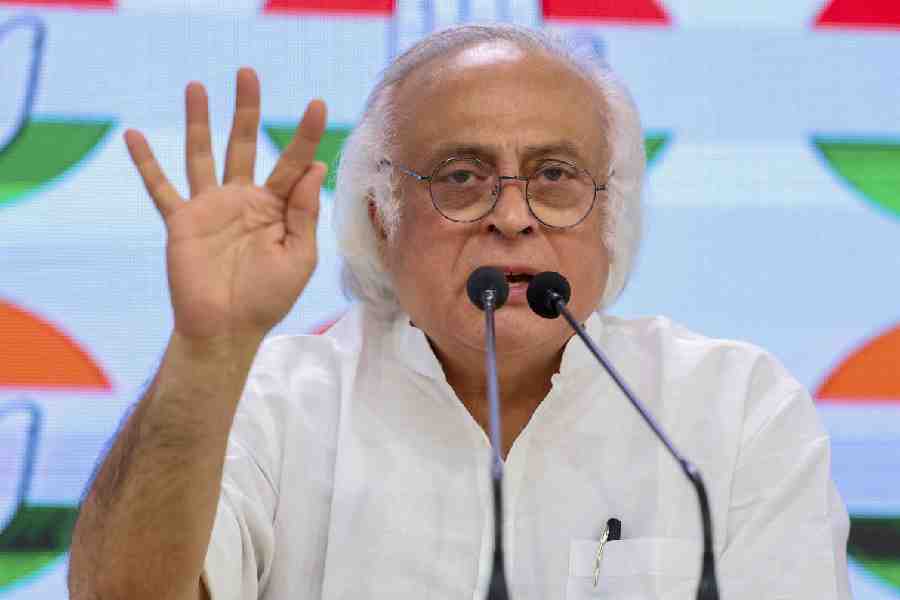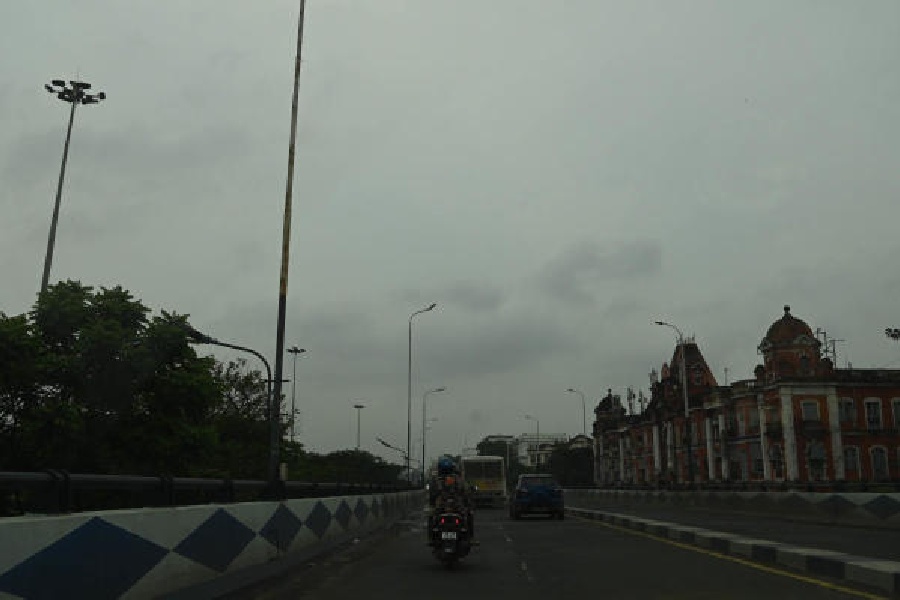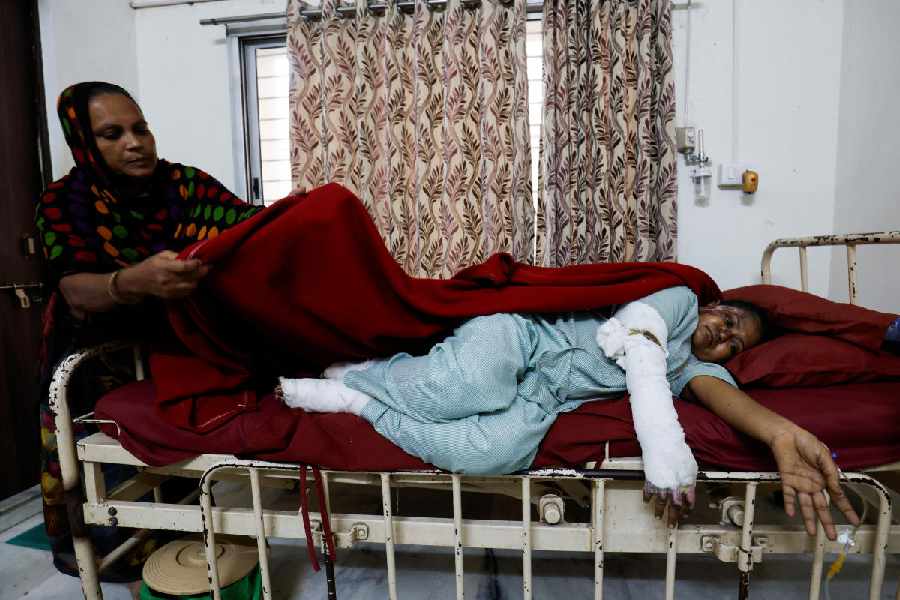Pointless divide
Sir — The new minister for minority affairs, Najma Heptullah, said last week that Muslims are not a minority in India. Her statement paints a misleading picture of India’s minority communities. The census of 2001 stated that the Muslim population in India is about 138 million, accounting for 13.4 per cent of the population. Apart from Muslims, the Christian, Sikh, Buddhist, Parsi and now the Jain communities are also listed as India’s minorities. According to reports, the literacy rate among Muslims in India is very low when compared to the national average of 64.8 per cent.
However, Heptullah had also said that it is the dwindling Parsi community in the country that deserves the ‘minority’ tag. I firmly believe that the Parsis are indeed a minority, and need the government’s help as their numbers are diminishing. According to the 2001 census, India has less than 70,000 Parsis. They constitute just 0.007 per cent of the country’s population.
The Parsi community is largely affluent. It has a very high literacy rate, and follows very strict rules — for example, the children of Parsi women who marry outside the community are often not accepted as Parsi. Heptullah must understand that minority affairs should not be reduced to pitting one community’s interests against the other. She should work for the progress of all minority communities without any discrimination.
Yours faithfully,
Bhagwan Thadani, Mumbai
Sad end
Sir — I was saddened to read that Hindustan Motors, which is the maker of the iconic Ambassador, has suspended its production of the car, citing debt and a lack of demand for the vehicle as reasons (“Hind Motors suspends work”, May 25). Last year, the BBC show on automobiles, Top Gear, ranked the Ambassador as the world’s best taxi. Over the last few years, the Ambassadors were indeed used only as taxis or as vehicles for government officials. It was always a sturdy car, but, as is often the case, its quality may have been compromised owing to slashed prices. There are a whole range of cars to choose from now, but their overall quality cannot match the sturdiness that the Ambassador once offered. I wish cars such as the Fiat and the Ambassador returned to Indian roads, which are not safe for fast cars. Successive governments have failed to improve road conditions in India. The new government must take steps to remedy the situation.
Yours faithfully,
Mahesh Kumar, New Delhi
Sir — It is unfortunate that the production of the famous Ambassador has been suspended. It had successfully catered to the Indian family’s need for a spacious, robust vehicle, and had ruled the roads for many decades. The uncomplicated engine was easy for mechanics to handle; even owners could correct minor snags without much trouble. The car’s spare parts were available everywhere, and owners of Ambassadors could repair them even if they faced a breakdown in a rural area. Cars in present times are so complicated that owners cannot fix them on their own. People who drove Ambassadors developed repairing skills that the present generation will not even be able to recognize.
Yours faithfully,
R. Narayanan, Ghaziabad
Sir — While Indians were busy debating Narendra Modi’s astounding success in the Lok Sabha polls, Hindustan Motors announced the suspension of its production of the Ambassador at its Uttarpara plant (“Amby brake while poll iron is hot”, May 25). The Ambassador had been the firm’s flagship venture several decades ago. Of late, it had been incurring huge losses owing to stiff competition from other car manufacturing units. It is no secret that the firm had enjoyed government patronage. The Ambassador had become the car used by dignitaries. However, when several other players entered the field and brought with them technological advancements, it became difficult for some firms to withstand competition and remain afloat in spite of drastic falls in sales. In a bid to stay in the game, new models of the Ambassador were brought out, but they could not appeal to the changing tastes of customers.
With the suspension of production in Uttarpara, West Bengal now features nowhere on the car-production map of the country. This is a fierce blow to the state’s failing economic health — a few weeks ago, an illustrious engineering firm, Jessop, suspended production at its Dum Dum facility. Both these setbacks will cause enormous damage to Bengal’s industrial climate. Before she came to power, the chief minister, Mamata Banerjee, had not allowed the production of the Tata Nano car in the state. The present dispensation, headed by her, does not seem to be worried about the state’s steadily-declining industrial prospects; the newly-unemployed work force will have to fend for itself. It remains to be seen how the government strengthens Bengal’s position on the industrial map of the country.
Yours faithfully,
Srikanta Bhattacharjee, Calcutta










